Sample information |
|
| Picture |
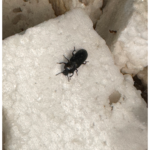
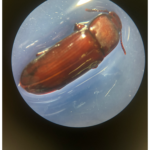
|
|---|---|
| Location | |
| Collection date | 05/29/2024 |
| Captive / Cultivated? | Captive / Cultivated |
| Group | Pingry School |
| Observations | This Tenebrio molitor is a black mealworm beetle. It was grown in a lab where it was bred to eat styrofoam. It was approximately 3 mm. The Tenebrio molitor has antennas and 6 legs which is consistent with insecta. |
| Putative identification | Arthropoda Insecta Coleoptera Tenebrionidae Tenebrio Tenebrio molitor |
Methods |
|
| Extraction kit | DNeasy (Qiagen) blood and tissue kit |
| DNA extraction location | Abdomen |
| Single or Duplex PCR | Single Reaction |
| Gel electrophoresis system | Standard electrophoresis system |
| Buffer | TAE |
| DNA stain | SYBR Safe |
| Gel images |
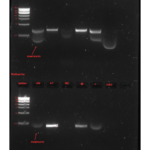
|
| Protocol notes | After capture, the Tenebrio molitor was placed in alcohol. Prior to DNA extraction, the Tenebrio molitor was run under water for two minutes to clean it. Then it was dissected and the abdomen was kept. The abdomen was crushed up in 1.5 tube using a pestle. Next we followed the process of the DNeasy extraction kit. After the extraction, the DNA concentration was checked. With the extracted DNA, we ran PCR. After PCR, I mixed a gel out of agarose, SYBER safe and running buffer. The gel was loaded and ran in a electrophoresis chamber. Then I did PCR DNA purification to send out for sequencing. |
Results |
|
| Wolbachia presence | No |
| Confidence level | High |
| Explanation of confidence level | There is a band at 0.7 indicating that this Tenebrio molitor has the COI gene and is an arthropod. This sample does not have a Wolbachia infection because there is no fragment, only a shadow. This could be explained by the primer multiplying random fragments. This matches the sequencing results, which had no matches when blasted. If this was Wolbachia, there would be a match for Wolbachia in the blast. The controls were successful and there are bands at 0.7 for the fruit flies with and without Wolbachia indicating that they have the COI gene. There is no COI band under water as expected. The positive control has Wolbachia and the negative control and water do not, meaning these controls were successful. |
| Wolbachia 16S sequence | |
| Arthropod COI sequence | Download FASTA
Download AB1
TAGTCGGAACCTCTCTTAAGACTATTAATCCGTGCAGAATTAGGAAACCCCGGCTCTTTAATTGGGGACGACCAAATCTTACAACGTAATTGTTACAGCACATGCTTTTATCATAATTTTTTTTATAGTAATACCAATCATAATTGGAGGATTCGGAAATTGATTTTT
BLAST at The Wolbachia Project BLAST at NCBI
|
| Summary | The Tenebrio molitor was found to be negative for Wolbachia. |
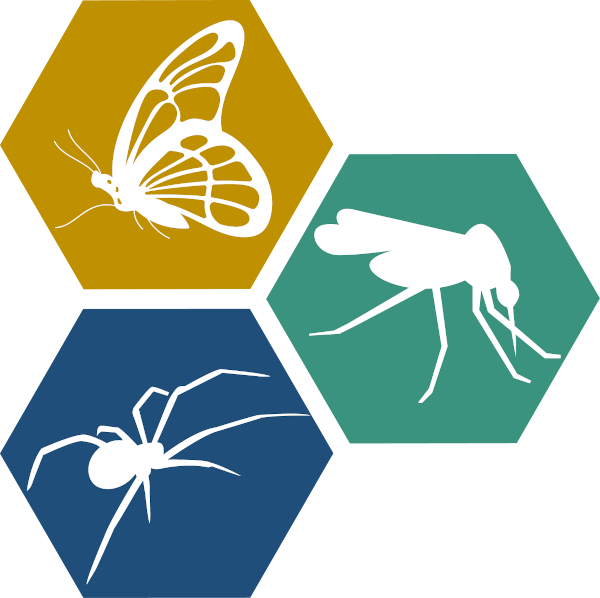 European Paper Wasp
European Paper Wasp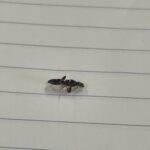 Woodworm Ant
Woodworm Ant